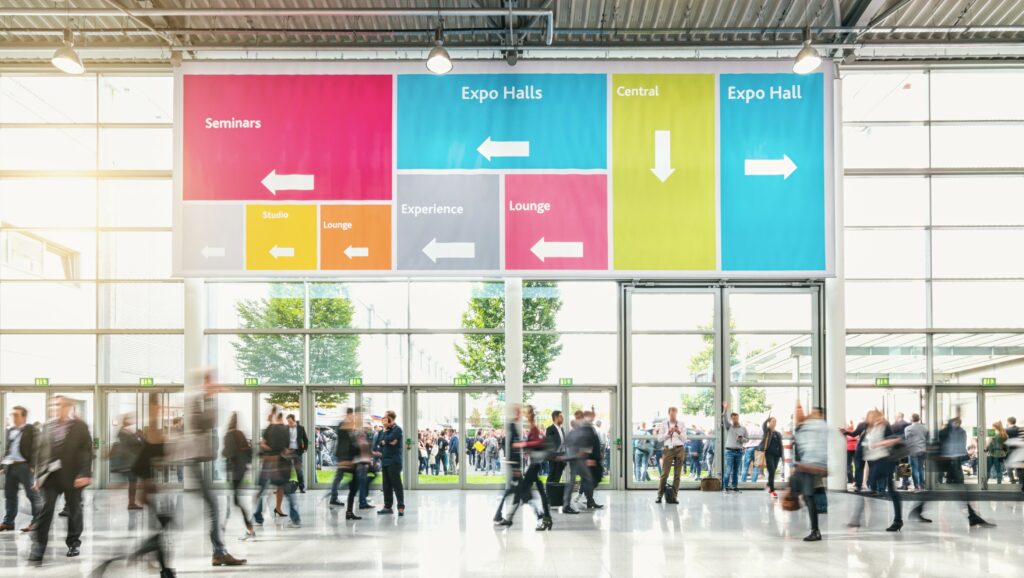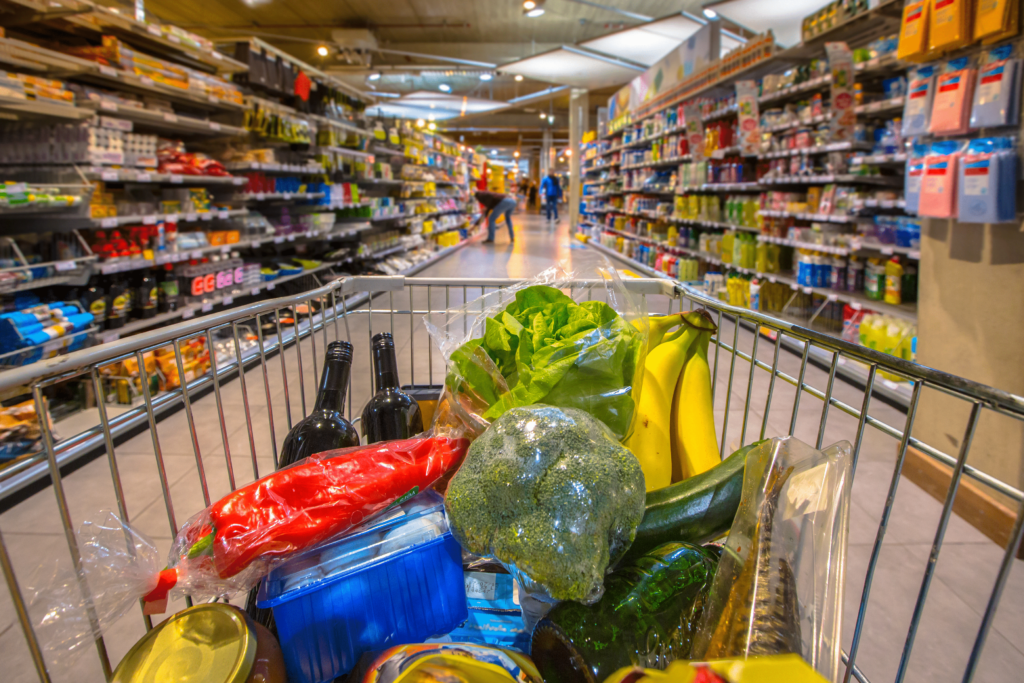Intalytics Commentary: COVID-19 Impacts on Retail Channel Optimization

It is clear that no industry will escape this pandemic unscathed. For retail, the immediate focus is appropriately centered on survival and on successfully navigating through this historic moment. As distancing restrictions inevitably ease, retailers will find themselves taking notice of consumer behavior shifts that will be long-lasting, if not permanent. What lies ahead is a period of figuring out how to operate both effectively and profitably in a very new, very different, normal.
While the retail industry has undergone rapid transformation over the past decade, the sudden emergence of COVID-19 has put individual retailers’ progress towards an omnichannel present/future to the test. Retail executives are experiencing a “pencils down” moment with respect to both:
- The implementation of an omnichannel strategy and associated infrastructure
- The development of an organizational culture centered on unified commerce
Some retailers will earn high marks, with our current environment presenting a stress-test of sorts to their systems, supply chains, distribution networks, and operational resiliency.
Other operators will survive with passing grades, quickly adapting to provide customers with alternative shopping options and prioritizing digital channel strategies.
Unfortunately, some retailers will shutter – in many cases, these will be retailers whose inevitable demise has simply been accelerated by shelter in place orders.
Just as rapidly as retailers are being forced to react to this new consumer interaction paradigm, consumers are simultaneously being forced to alter in varying degrees their retail shopping behaviors. Prior to the pandemic, the level at which consumers have embraced digital channels followed a rather standard adoption progression:
- Early Adopters
- Early Majority
- Late Majority
- Holdouts
- Lost Causes
While it may seem hard to fathom, consider that it has been 15 years since the launch of Amazon’s Prime membership. With the associated hook of free two-day shipping, Amazon has successfully shifted consumer expectations and is well into the ‘Late Majority’ phase of consumer adoption. However, less mature services such as retail curbside pickup and grocery delivery are somewhat earlier in their respective progressions. Under normal circumstances, transformational shifts in consumer behavior do not occur in weeks or months, but rather over years. Retailers today do not have the option of implementing these changes over time but need to do so immediately.
Yet despite the availability of digital channel alternatives, brick and mortar stores have remained the dominant revenue channel for retail. That imbalance is less a matter of convenience or satisfaction and more an issue of lack of trial, as people are naturally skeptical of the unfamiliar and tend to avoid disrupting established routines. With COVID-19’s arrival, consumers have essentially been offered two options:
- Shop safely from the comfort of your home (digital channels) and,
- Shop and risk your health and the health of others (in-store, as lawfully able)
Social distancing and stay-at-home orders have incentivized many reluctant consumers to give digital a chance. The revenue imbalance between brick and mortar and ecommerce channels is going to change significantly and will likely result in permanent shift towards virtual consumption. Jeff Bezos is not the wealthiest man on the planet because consumers overwhelmingly prefer to go to the store.
That said, the coexistence of Amazon and traditional brick and mortar retail has demonstrated that consumers do enjoy a balance between the convenience of online and the benefits that in-store shopping can provide (hands-on trials, instant gratification, sales associate guidance, etc.). Brick and mortar deployments are a real benefit for consumers who want to order online and pick up at a store, giving them a more convenient opportunity to use a store as a showroom and to return unwanted items.
Throughout its history, Intalytics has assisted companies with making long-term capital investment, customer acquisition, and valuation decisions. The customized analytics solutions that we develop for clients have increasingly incorporated an assessment of the interplay between the various channels (brick and mortar, ecommerce, wholesale, etc.) that each operator currently employs or is actively evaluating.
Leading retailers engage Intalytics for insights into any number of channel-oriented business questions, including:
- How much incremental ecommerce revenue do we anticipate a new store will generate?
- What variance do we see in the profile of customers by channel?
- How should we right-size our brick and mortar footprint as other channels mature?
If you are interested in discussing the channel optimization strategy that your organization is contemplating, and how our customized analytics solutions might inform those efforts, please contact us at your convenience.
Related News
Carousel items












